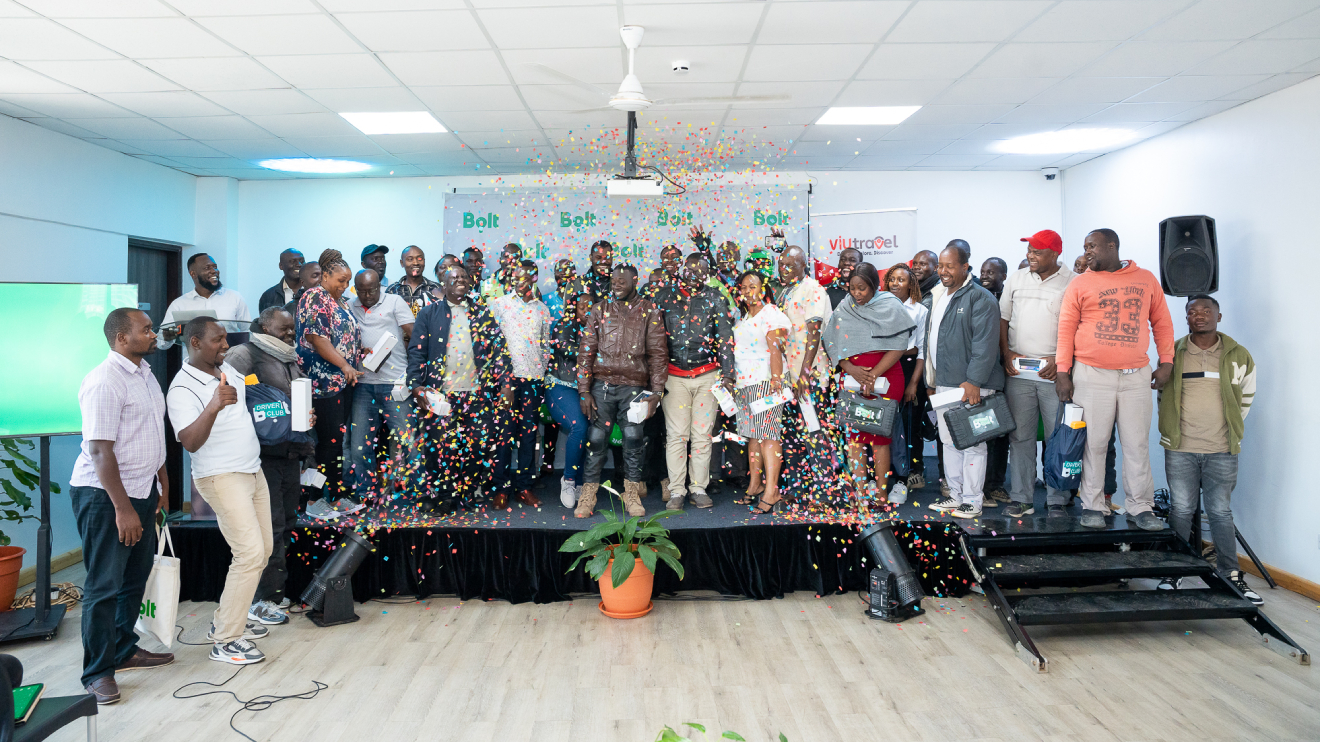A damning new study has painted a harrowing picture of Kenya’s Migori County, where the livelihood of over 158,000 artisanal and small-scale gold miners now teeters on the edge of catastrophe—poisoned by the very element that fuels their survival: mercury.
The report, released in April 2025 by the Friedrich Naumann Foundation for Freedom – Kenya (FNF-Kenya), reveals severe mercury contamination in water, soil, and mining waste in Migori.
In some areas, levels reach up to 100 times the permissible drinking water limits set by the World Health Organisation and Kenya’s National Environment Management Authority.
Field research conducted in October 2024 focused on gold mining zones in the region, with water samples from rivers such as Nyangoto showing mercury levels over 30 times higher than the safe threshold just six kilometres downstream of mining activity.
Although fish samples tested free from the heavy metal—for now—the soil and tailings told a different story.
Read More
Mercury concentrations in these areas were two to three times above safe limits for agriculture, raising the threat of food chain contamination.
Stefan Schott, project director at FNF-Kenya, flagged the invisibility of the problem’s full scope.
“One big issue we found is the huge lack of data. The number of people working in mining in Migori is just an estimate, and there’s no proper information about the health problems caused by mercury exposure. To really understand how serious this problem is, we need more data and ongoing monitoring. What we’re seeing might be the tip of the iceberg,” he said.
But the issue runs deeper than environmental degradation. The study exposes a web of socio-economic challenges entangled with gold mining.
The lure of gold has pulled school-going children from classrooms into mine shafts.
Meanwhile, entrenched gender inequality plays out daily, with women performing labour-intensive tasks such as crushing, washing, and gold extraction for lower pay, all while facing sexual harassment and systemic exclusion from decision-making roles.
The report calls for urgent action—both regulatory and societal—to mitigate the risks. According to Nashon Adero, mining expert and author, “Mercury exposure in the mining industry is a major public health threat that cannot be ignored – aggravating the portrait of what I call the ‘Vicious 9Ds of Mining’ – community displacement, disputes, dispossession, deprivation, destitution, disease, degradation, deformity, and death,” adding that “mining done right is a significant source of inclusive economic empowerment, making it urgent and critical for both local and national authorities to take immediate action to safeguard the health of mining communities and the broader ecosystem.”
FNF-Kenya’s report concludes with a call for sustainable mining reforms, stricter enforcement, public awareness campaigns, and gender-inclusive policies to prevent further harm and build a more equitable and safe future for those living off Kenya’s goldfields. It also advises residents to steer clear of water sources situated near mining sites until safety is assured.
As Migori’s miners dig for gold, the soil beneath them may be slipping into a slow but certain crisis—one that can no longer be ignored.

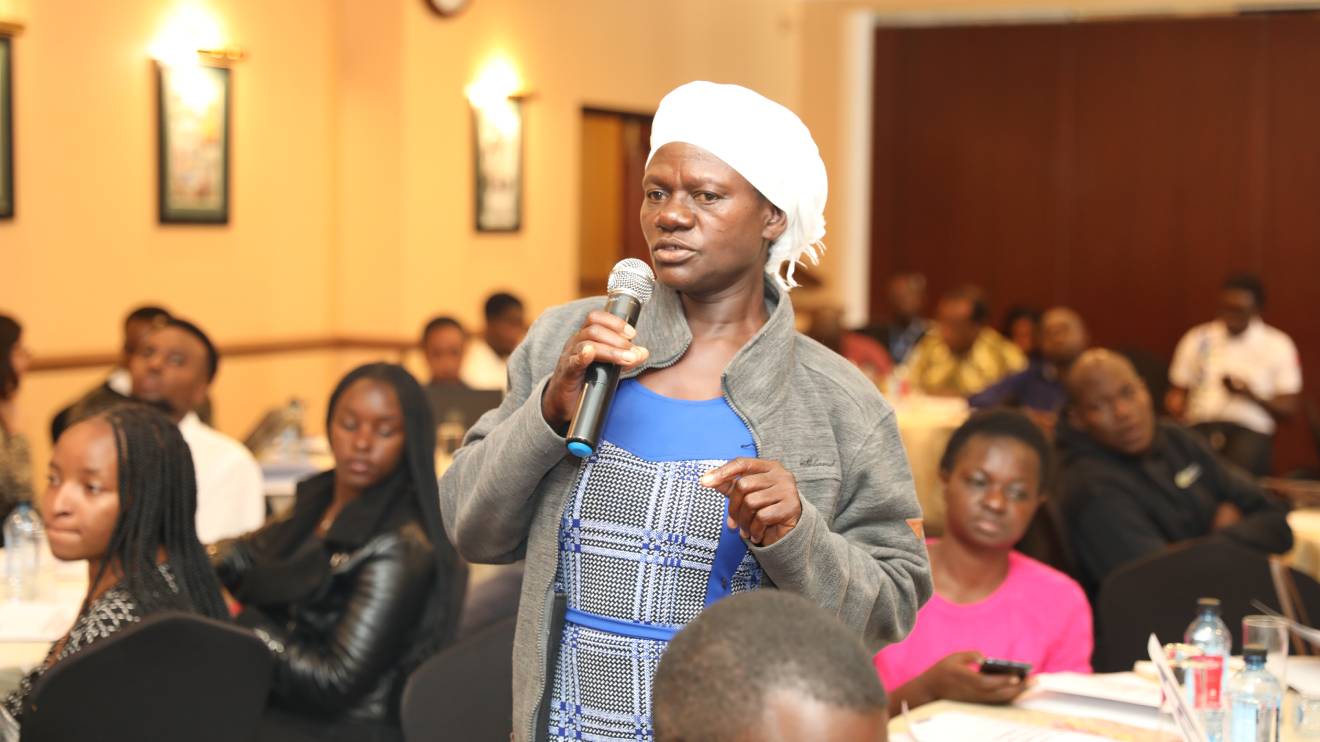
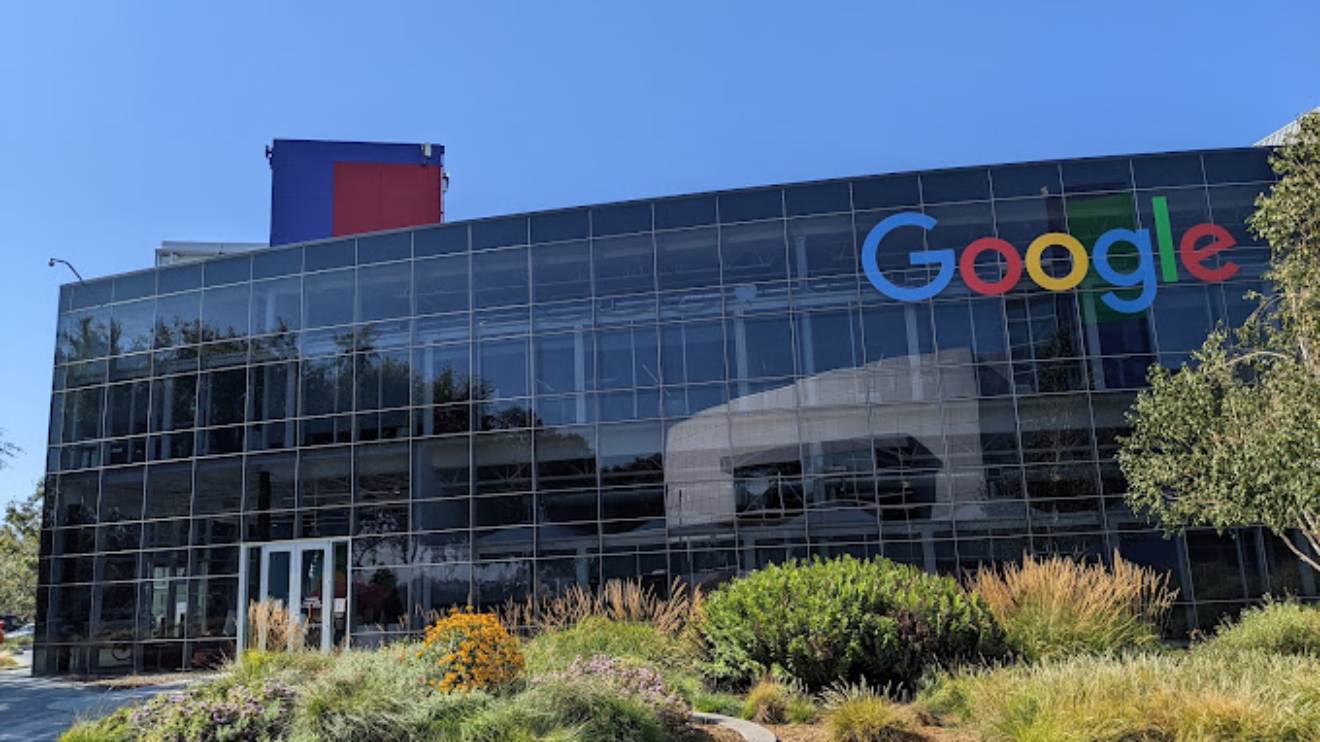
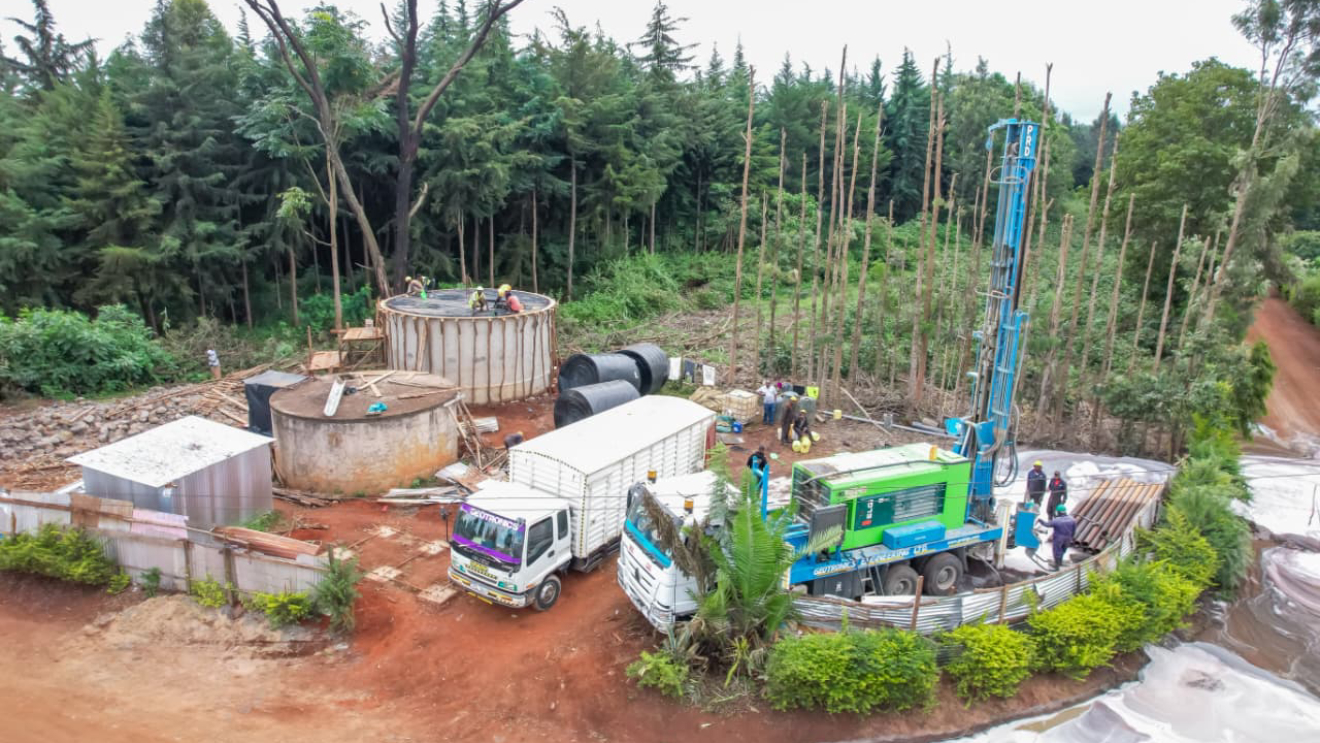
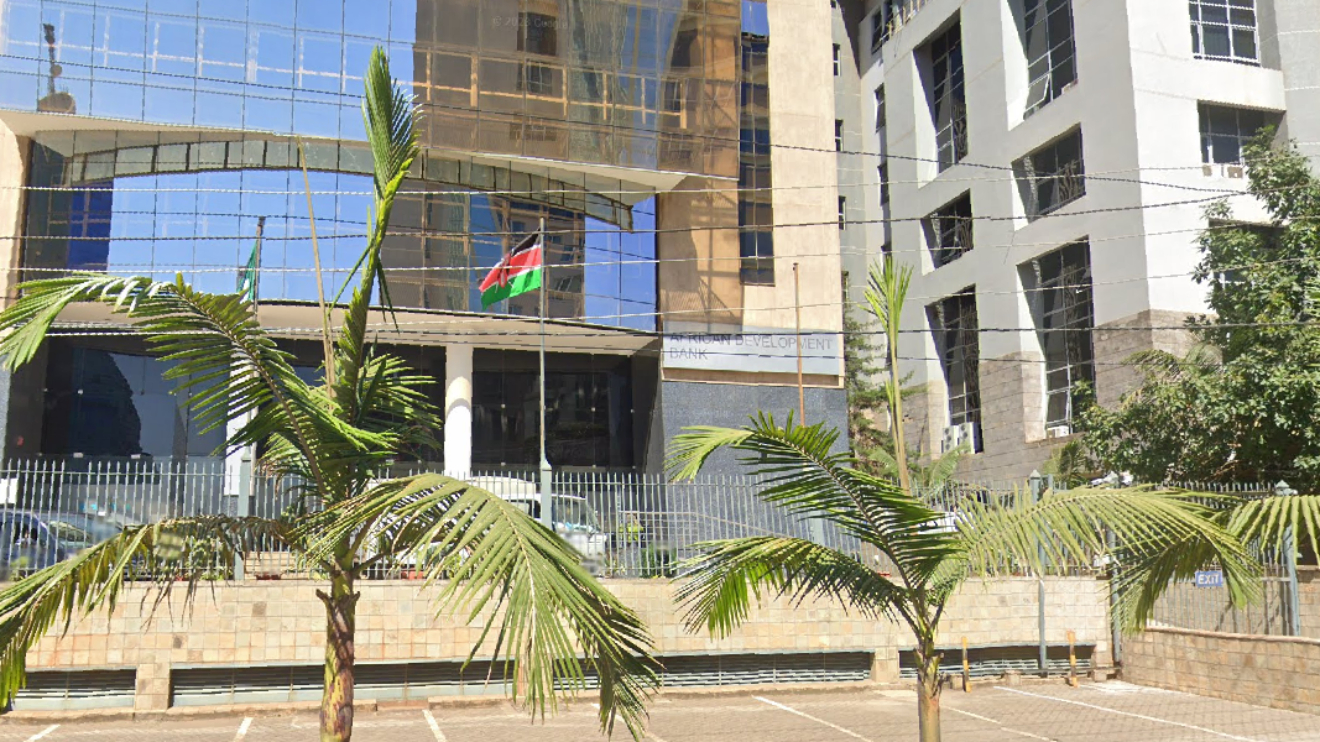
 shares a light moment with the company's Group CEO Dr Patrick Tumbo (right) at a past event-1758121528.jpeg)
-1758116028.jpeg)
